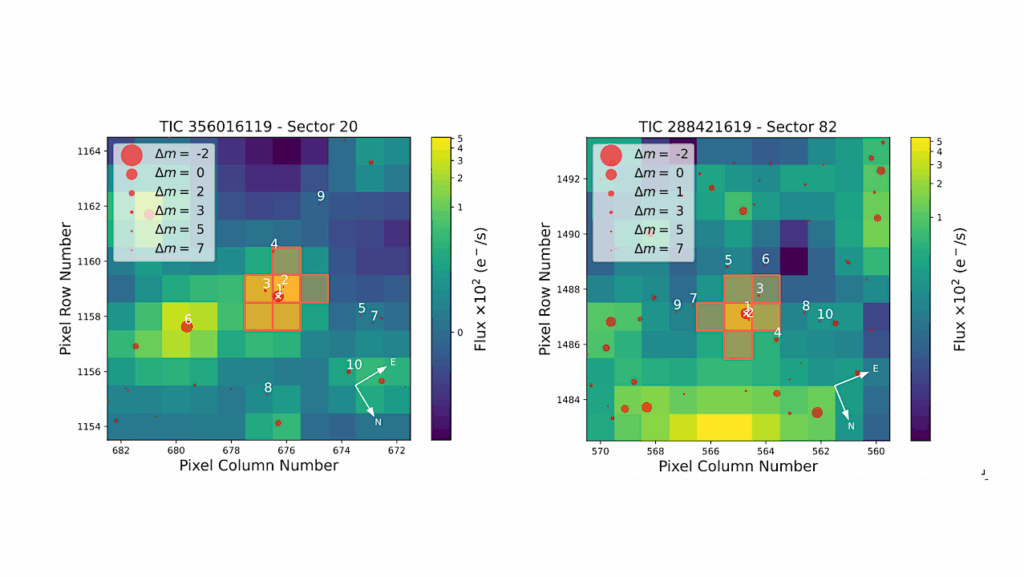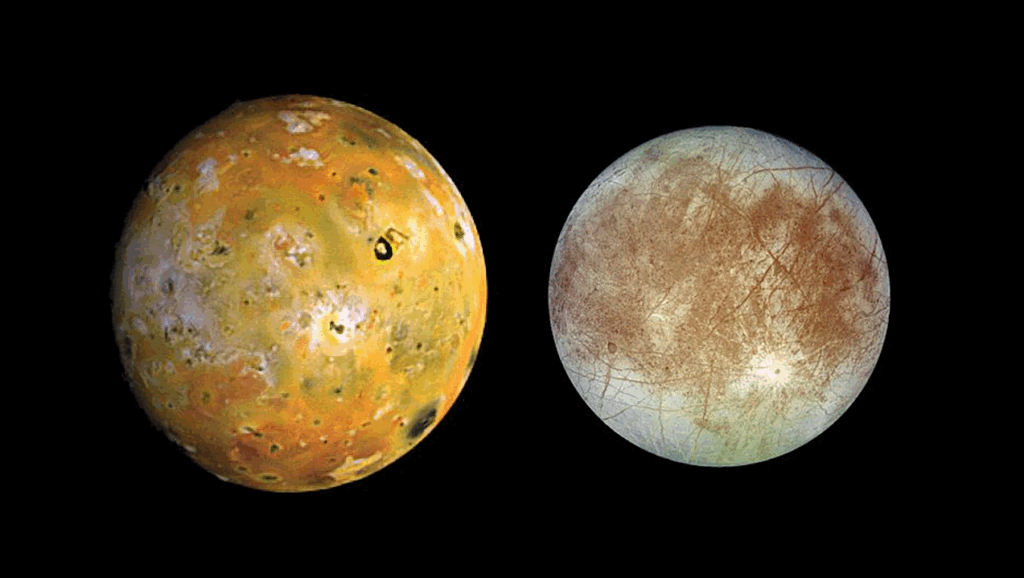3D Modeling of Moist Convective Inhibition in Hydrogen-Dominated Atmospheres

Many planets have hydrogen-dominated atmospheres, including sub-Neptune exoplanets, recently formed planets with primordial atmospheres, and the Solar System’s giant planets. Atmospheric convection behaves differently in hydrogen-rich atmospheres compared to higher mean molecular weight atmospheres due to compositional gradients of tracers.
Previous 1D studies suggested that compositional gradients of condensing tracers in hydrogen-rich atmospheres can entirely shut-off convection when the tracer abundance exceeds a critical threshold, leading to the formation of radiative layers where the temperature decreases faster with height than in convective profiles. We use 3D convection-resolving simulations to determine if convection is inhibited in hydrogen-rich atmospheres when the tracer mixing ratio exceeds the critical threshold. Three simulation sets are performed with a water vapor tracer in hydrogen-rich atmospheres.
First, we perform simulations initialized on saturated isothermal states and find that compositional gradients can destabilize isothermal states, leading to rapid convective mixing.
Next, simulations initialized on adiabatic profiles show distinct, stable inhibition layers form when the water vapor tracer exceeds the critical threshold defined by previous studies. Within the inhibition layers, a small amount of energy is transported through condensation and re-evaporation, contrary to previous findings. The thermal profile slowly relaxes to a steep radiative state, but radiative relaxation timescales are long.
Lastly, we show that superadiabatic temperature profiles can remain stable when the tracer abundance is greater than the critical amount. Our results suggest stable layers driven by condensation-induced convective inhibition form in hydrogen-rich atmospheres, including those of sub-Neptune exoplanets.
Namrah Habib, Raymond T. Pierrehumbert
Subjects: Earth and Planetary Astrophysics (astro-ph.EP)
Cite as: arXiv:2409.18217 [astro-ph.EP] (or arXiv:2409.18217v1 [astro-ph.EP] for this version)
https://doi.org/10.48550/arXiv.2409.18217
Focus to learn more
Submission history
From: Namrah Habib
[v1] Thu, 26 Sep 2024 18:53:15 UTC (5,059 KB)
https://arxiv.org/abs/2409.18217
Astrobiology








